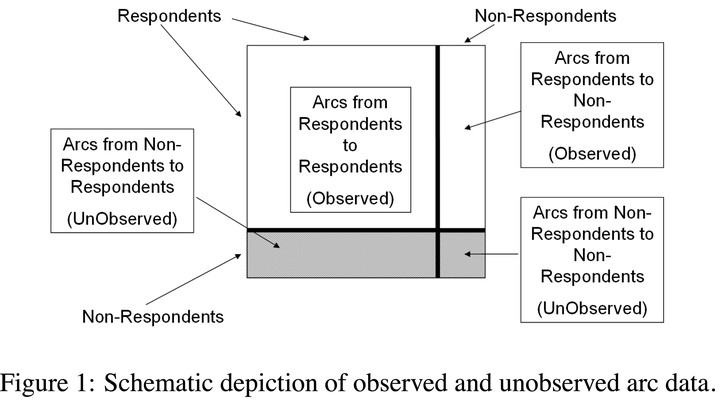Analysis of Networks with Missing Data with Application to the National Longitudinal Study of Adolescent Health

Abstract
It is common in the analysis of social network data to assume a census of the networked population of interest. Often the observations are subject to partial observation due to a known sampling or unknown missing data mechanism. However, most social network analysis ignores the problem of missing data by including only actors with complete observations. We address the modelling of networks with missing data, developing previous ideas in missing data, network modelling and network sampling. We use several methods including the mean value parameterization to show the quantitative and substantive differences between naive and principled modelling approaches. We also develop goodness-of-fit techniques to understand model fit better. The ideas are motivated by an analysis of a friendship network from the National Longitudinal Study of Adolescent Health.